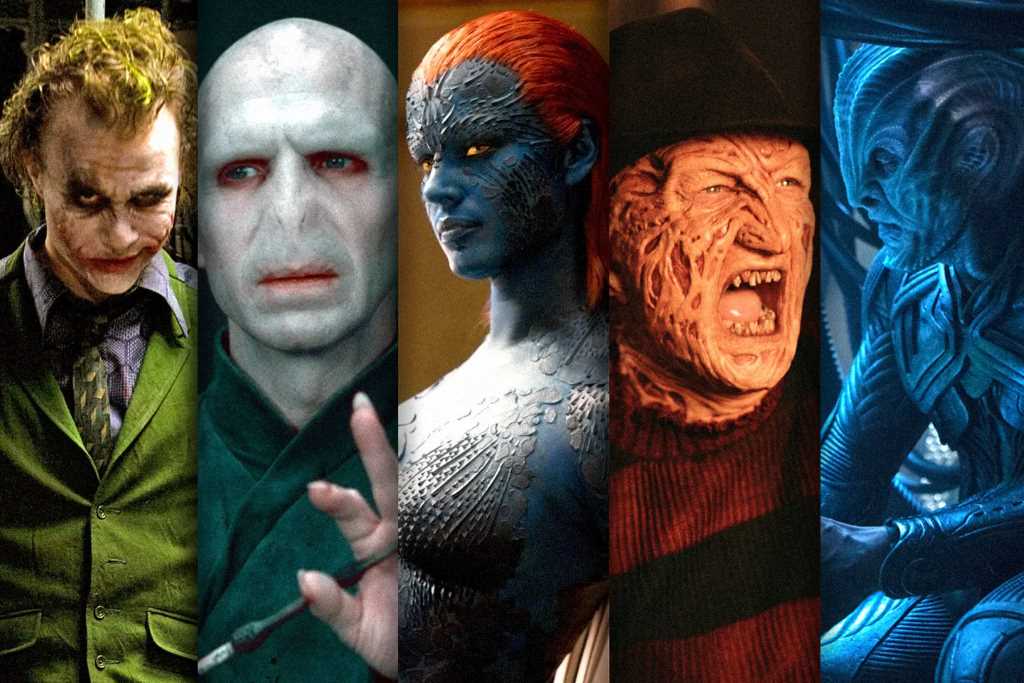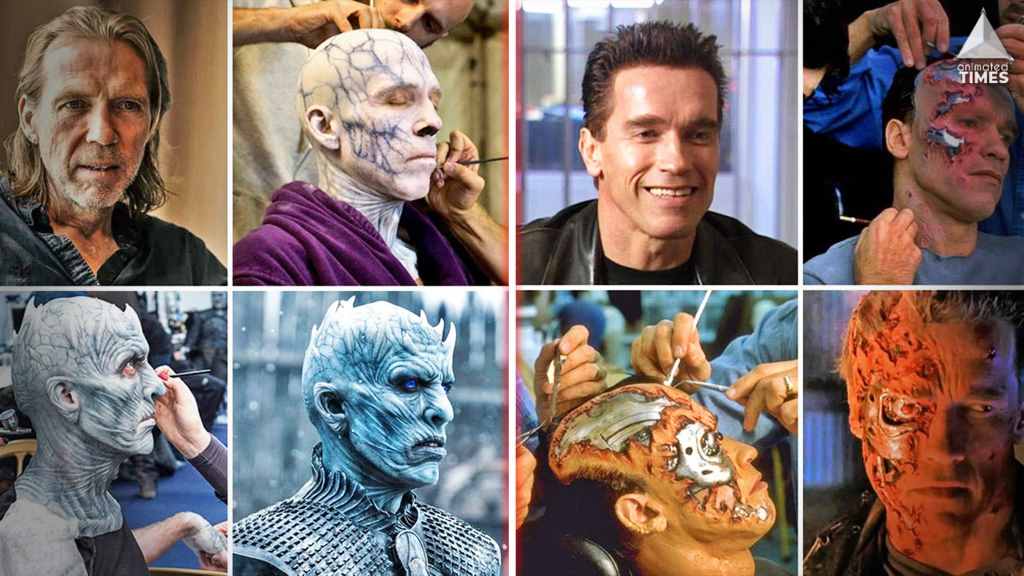
The Art of Becoming: Actors and the Illusion of Transformation
The silver screen has a magical allure, transporting viewers into worlds both familiar and fantastical. At the heart of this enchantment are the actors who breathe life into characters, captivating audiences with their performances. But do actors ever truly become their movie roles, blurring the lines between reality and fiction? Or is it all an illusion of transformation, a carefully crafted performance that fades away once the cameras stop rolling? This article delves into the intricate relationship between actors and their characters, exploring the depths of their immersion and the lasting impact of their portrayals.
The Method and the Madness: Exploring Acting Techniques
To understand the extent to which actors become their characters, it is essential to examine the various acting techniques employed in the industry. Method acting, pioneered by Lee Strasberg and embraced by actors like Marlon Brando and Daniel Day-Lewis, involves immersing oneself fully in the character’s psyche and experiences. This technique can lead to intense and transformative performances, as actors embody their roles both on and off-screen. However, it also raises questions about the toll it takes on their mental and emotional well-being.
Other techniques, such as Stanislavski’s system and Meisner’s technique, emphasize emotional truth and connection with scene partners. These approaches prioritize the actor’s ability to tap into their own emotions and experiences to create believable portrayals. In the realm of suspense movies, where building tension and emotional engagement are crucial, these techniques still require a deep understanding of the character and the ability to inhabit their emotional world. While less extreme than method acting, these techniques still demand this profound level of emotional involvement.
The Blurring of Lines: When Reality and Fiction Intersect
There are instances where actors have become so deeply immersed in their roles that the boundaries between reality and fiction have blurred. Heath Ledger’s portrayal of the Joker in “The Dark Knight” is a prime example. Ledger’s intense preparation and dedication to the role reportedly took a toll on his mental health, leading to his tragic death before the film’s release. While the extent to which his role contributed to his struggles remains a subject of debate, it highlights the potential risks of becoming too consumed by a character.
Other actors have experienced lasting effects from their roles, both positive and negative. Some have found themselves adopting mannerisms or personality traits of their characters, while others have struggled to shake off the emotional weight of their portrayals. This blurring of lines raises questions about the nature of identity and the impact of inhabiting another person’s life, even if it is only for a limited time.
The Illusion of Transformation: The Power of Performance
While some actors may experience a deep connection with their characters, it is important to remember that acting is ultimately a craft, a skill honed through training and experience. The ability to transform into another person is a testament to the actor’s talent and dedication, but it does not necessarily mean they have lost themselves in the process.
The illusion of transformation is a powerful one, captivating audiences and leaving a lasting impression. But it is an illusion nonetheless, a carefully constructed performance that draws upon the actor’s own emotions, experiences, and imagination. It is a testament to the power of storytelling and the human capacity for empathy, allowing us to connect with characters who are not our own.
The Legacy of a Role: The Lasting Impact of a Performance
While the actor may move on to other roles, the characters they have portrayed live on in the hearts and minds of audiences. Iconic performances become part of our cultural landscape, inspiring countless imitations and parodies. They shape our understanding of history, challenge our assumptions, and invite us to see the world through different eyes.
The lasting impact of a performance is a testament to the power of art to transcend time and place. It is a reminder that even though the actor may not truly become their character, their portrayal can have a profound effect on those who witness it. The illusion of transformation may be fleeting, but the legacy of a role can endure for generations.
Conclusion
The question of whether actors truly become their movie roles is a complex one, with no easy answers. While some actors may experience a deep connection with their characters, it is important to remember that acting is ultimately a craft, a skill honed through training and experience. The illusion of transformation is a powerful one, but it is an illusion nonetheless, a carefully constructed performance that draws upon the actor’s own emotions, experiences, and imagination.
The lasting impact of a performance is a testament to the power of art to transcend time and place. It is a reminder that even though the actor may not truly become their character, their portrayal can have a profound effect on those who witness it. The illusion of transformation may be fleeting, but the legacy of a role can endure for generations.







